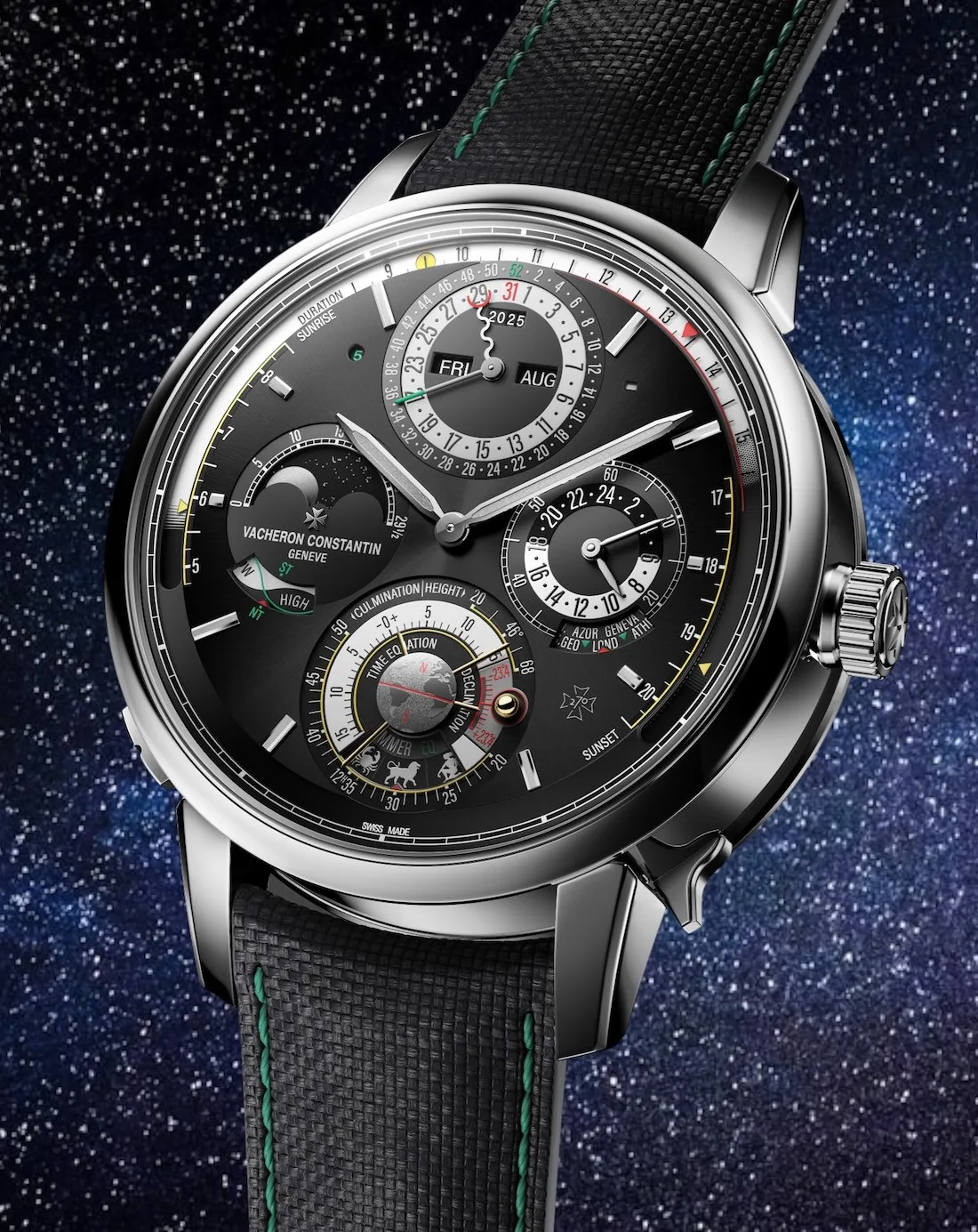Smell is one of the most powerful senses. It can create an identity, evoke memories, bring back a forgotten emotion…
Most people have a favourite fragrance for the spring-summer and a different one for the colder months of the year, usually heavier and sweeter. Our deputy editor Lavinia Dickson-Robinson asked perfumer Linda Pilkington, founder of Ormonde Jayne, about how best to choose a fragrance in winter and the mistakes you shouldn’t make.
“Like with all aspects of fragrance, it’s a personal choice,” says Linda. “Recently, at a perfume trade show, our international partners shared clients are choosing traditionally heavier fragrances in the heat of summer as they have more longevity and evaporate at a slower rate in hot humid climates.”
Formulation has a lot to do with it. Linda explains, “The top notes evaporate first, and the heart and soul of the perfume will linger the longest. Good quality fragrances reveal their notes slowly, and their heart and soul should linger on your clothes the day after. These highly complex formulations are particularly suited to winter fragrances, especially those with resinous amber ingredients, like our Amberesque category.

Tolu and Amberesque by Ormonde Jayne, two very different fragrances but equally well-suited for winter.
However, she warns about overpowering fragrances, those which enter a room before their wearer and occupy the entire space. “As a perfumer, that’s something I always strive to avoid.”
Still, I want to know if there is such a thing as a seasonal perfume. “Some of our fragrances lend themselves to specific seasons,” says Linda. “Osmanthus, for example, is the epitome of a spring morning, and it’s one I usually only reach for after I see the first buds on our trees. Similarly, when the cooler weather arrives in November, it’s Tolu (120ml, £175) that I prefer. An enveloping scent that sparkles and creates an atmosphere of being wrapped in cashmere, sipping a fine cognac by a roaring fire.”
Since Linda has mentioned how top notes disappear quickly and the importance of the heart and soul of a fragrance to define its character, I ask her to give me an example. “I personally adore Amberesque (88ml, £195), with deep rich resins like tonka, tolu, and frankincense, and spices such as cardamom, and patchouli.” Another category works very well in winter is Oudh, which uses the eponymous oil, traditionally highly prized in the Middle East. “We were the first ones using oud in a parfum,” Linda explains proudly, “it is one of the most expensive raw ingredients in the world, but it has a very sensual dry-down that makes your skin smell enticing and appealing.”


Left, Oud for Greatness by Initio Parfums Privés. Right, Aventus by Creed.
Following a similar route, Oud for Greatness by Initio Parfums Privés (90ml, £305), combines natural oud wood with agar wood oil and spice from saffron and nutmeg to create deeply sensual eau de parfum. It is refreshed with a hint of lavender and patchouli. Despite its force, Oud for Greatness leaves a light sweet woody scent on your skin and clothes once it dries down. Very evocative.
Aventus by Creed (100ml, £295), the brand’s most notable fragrance, also has a woody base (cedar and birch), but the head notes include – apart from classic patchouli – fruits and pink pepper, which makes it fresher than the previous two. The inclusion of ambroxan, Creed’s signature ingredient, takes the edge of the fruity notes and gives this fragrance a long-lasting, velvety finish.

Reducing the woody tones further and dialling up citrus and berries we find Lalique Encre Indigo (100ml, £89), a spirited eau de parfum that starts with woody, smoky ingredients such as ambergris and Korean Jukro black tea, continues with a silky flow of warm Madagascar bay and vetiver oils complemented with spices such as pink peppercorn, Calabrian bergamot and saffron. A combination of sweet and citrus oils such as Sulawasi patchouli, juniper berry and vetiver give it a fresh finish. As the parfum dries, it reveals its long-lasting warm heart.
Smell is a very powerful sense, and often works as a trigger to revisit treasured memories. “We associate so many perfumes with our loved ones. Fragrances like Madame Rochas by Rochas of Calandre by Paco Rabanne echo another time in our life, reminding us of an older generation who played a significant part in our life,” Linda says.
Many of those parfums these days feel a bit “old style” but Linda argues that it is about construction and structure. “You can take those same ingredients and transform them into a composition that enables them to perform and open up. For instance, in our parfum Tolu, we used some soft powdery notes, but the formula opens with sparkling shimmering top notes which gives it this a very modern appeal. Another great example of this is Chanel, a maison that understands the importance of revisiting its perfumes and bringing them back to a younger audience. To do so with Chanel No5, they relaunched it as Chanel No 5 L’Eau (100ml, £136), which appealed to a younger audience by minimising the aldehydes and including fruit and citrus notes instead.”
N°5 L’EAU is a vibrant eau de toilette, in which citrus top notes soar with the aldehydes, followed by a floral breeze of jasmine, rose and ylang-ylang, finished with vetiver and cedar.

In her business, Linda is increasingly noticing that people are choosing to have a selection of perfumes, rather than one signature scent for every day of the year. Thus, she encourages us to be brave. She says, “Florals aren’t just for summer. A white floral can be very alluring in snowy months. Notes like freesia, frangipani, and jasmine, which are traditionally associated with summer, can also work in winter.”

Forgive Me by Carine Roitfeld (90ml, £190) uses flowers in its medium and top notes, to balance the fruitiness of tangerine and the spice of pink pepper to deliver an eau de parfum that is as enigmatic as it is alluring. The inclusion of resinous compounds such as labdanum, olibanum and cashmeran help to expand and diffuse its floral ingredients and give it warmth.
As a conclusion, Linda recommends to always ask for a sample before choosing a perfume so you can test it for a few days. “Try a perfume on for a few days, morning and night, and ask your loved ones, friends, and work colleagues for their honest opinion. If you like a perfume, but your family and loved ones can’t abide it, that to me would be a reason enough to choose something else.”
Author: Lavinia Dickson-Robinson
Photography: Lina Ress

















Show Comments +